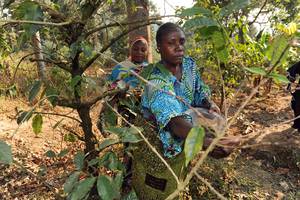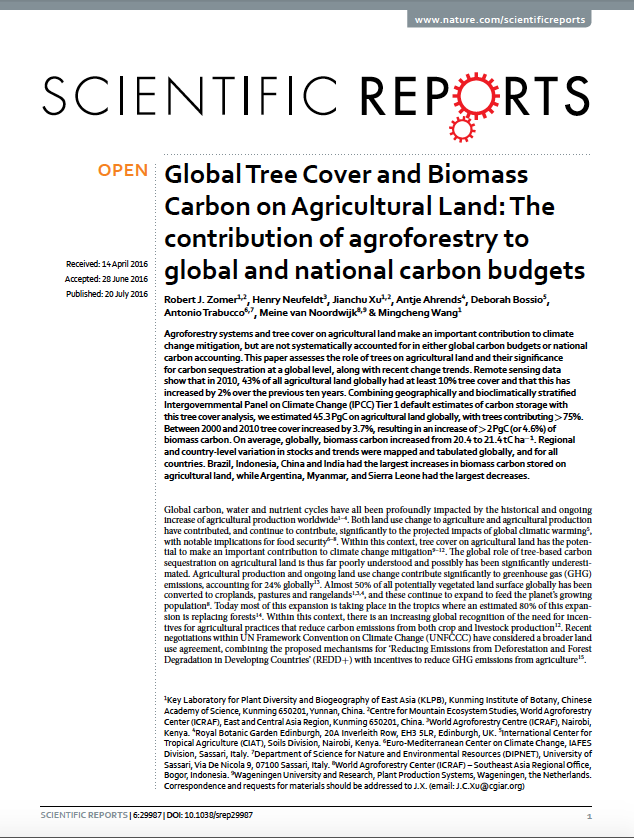RECOFTC Country Engagement Strategy - Indonesia
Seventy percent of Indonesia’s land area (128 million ha) is classified as forest land. Estimates of the number of villages located on these lands vary from 25 000 to 33 000 with an estimated population of 50 to 70 million people. Many of these inhabitants claim customary rights to around 40 million ha of state forest land, claims that were recently recognized, in principle, in a ruling of the Constitutional Court on 16 May 2013.







